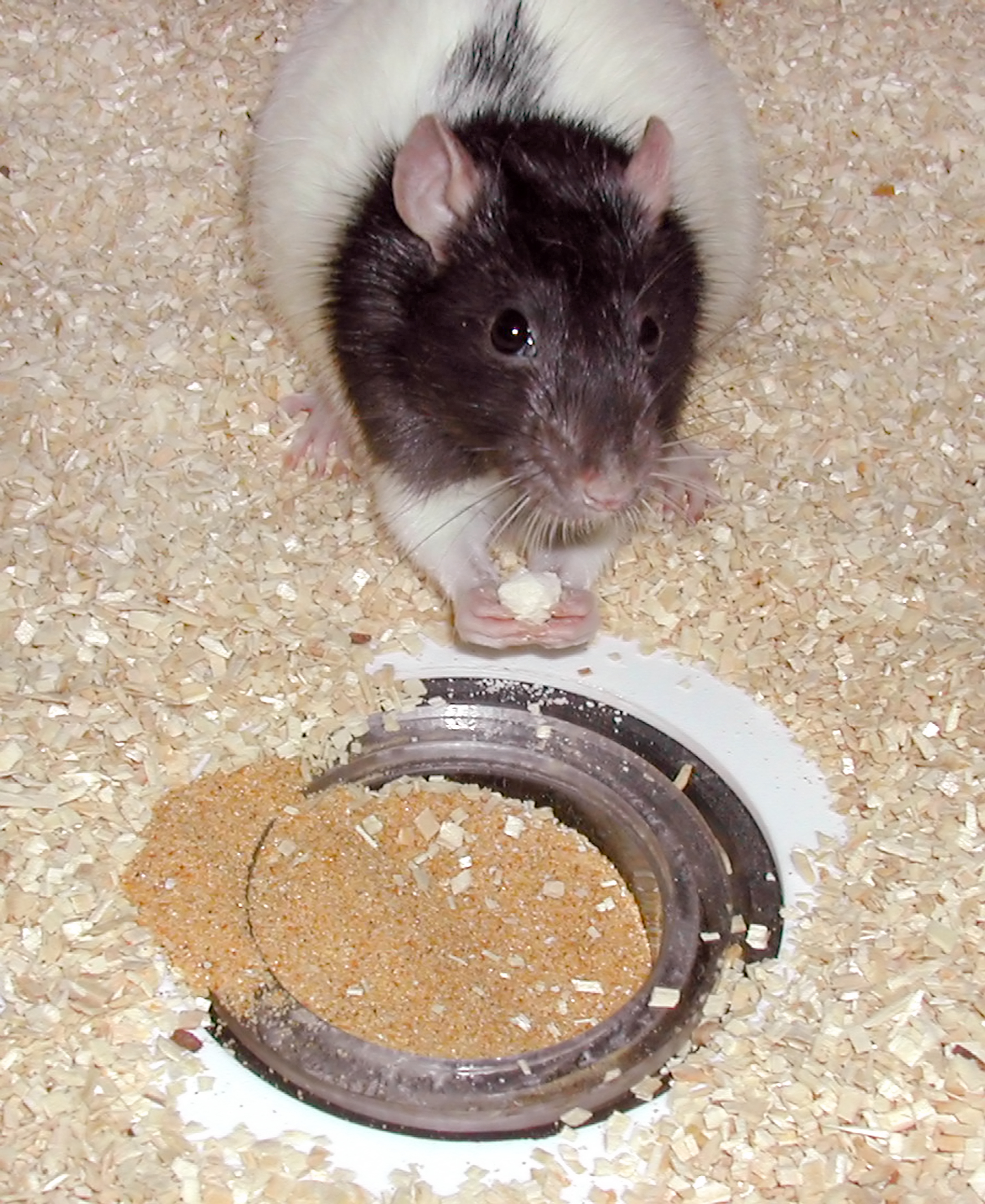Professor Narender Ramnani Steps into Presidency at the British Neuroscience Association
29th April 2025
18th Aug 2021
We are excited to announce the launch of Ratlas, a new - and freely available - resource that will increase the accuracy and efficiency of experiments and also help to reduce animal numbers used for neuroscience research across the country.
Ratlas is an atlas of the rat brain that has been developed to revolutionise and support vital experiments on the health and disorders of brain function.
Just published in an article in the open access journal, Brain and Neuroscience Advances, neuroscientists from the University of Nottingham, working with colleagues at the Leibniz Institute of Neurobiology in Magdeburg, Germany, have created the first atlas – Ratlas – to present a close likeness to the brains of the rats most commonly used in UK neuroscience research, the Lister hooded rat.

The basic organisation and ‘wiring diagram’ of the rat brain are similar to the human brain. This is why rats – where manipulations from and measurements of the brain can be combined with behavioural tests of cognitive and other psychological functions – are one of the main animal models used to examine brain function and dysfunction.
Studying specific brain regions in this way requires so-called stereotaxic coordinates to surgically target these brain regions, for example, with electrodes to stimulate or record neural activity. Such stereotaxic coordinates are determined with the aid of brain atlases, which contain the coordinates of different brain regions in a system that relates to key markers visible on the skull.
The currently used atlases were carefully constructed from detailed histological data based on single rats of a particular sex, age and strain. Although these traditional atlases have long been indispensable as a guide to the neuroanatomy of the rat brain, the accuracy of coordinates derived from these atlases was limited as the two rat strains do not match those used mostly in UK research. This has meant that coordinates derived from the traditional atlases typically only gave very approximate estimates of suitable coordinates for specific brain regions. Therefore, accurate coordinates had to be determined by several ‘pilot’ surgeries.

The new brain atlas - Ratlas - delivers more accurate coordinates, because it is more representative of the brains of rats used in UK neuroscience research. As a direct result, this will minimise the requirement for laborious pilot experiments and help to reduce animal numbers used for research.
The new atlas was constructed based on the live magnetic resonance (MR) images of seven brains of Lister hooded rats, one of the main rat strains used in the UK for studies of the brain mechanisms of cognition and behaviour in health and disorder. These MR images were used to form an ‘average’ rat brain, which was then combined with an average of computer tomography (CT)-generated images of the surrounding skulls. Labels were added to the brain images to aid identification of different brain regions. The digital format of the atlas also makes it very user friendly and accessible, compared to traditional atlases.
In future work, the researchers in Nottingham and Magdeburg plan to generate additional atlases, based on other commonly used rat and mouse strains, including both sexes and different developmental stages.
Importantly, Ratlas is freely available to everyone thanks to it being in BNA’s Gold Open Access journal. Open access for all is a critical part of the BNA’s credibility in neuroscience campaign, promoting credibility initiatives that support reproducibility, replicability and reliability in science.
For press information contact: Alex Campbell on alex.campbell@bna.org.uk or 07986 185169
About Brain and Neuroscience Advances
Brain and Neuroscience Advances is a peer-reviewed, open-access journal, which publishes high quality translational and clinical articles from all neuroscience disciplines; including molecular, cellular, systems, behavioural and cognitive investigations.
The journal welcomes submissions in basic, translational and/or clinical neuroscience. Research papers should present novel, empirical results that are expected to be of interest to a broad spectrum of neuroscientists working in the laboratory, field or clinic.
Brain and Neuroscience Advances is indexed in PubMed Central.
Never miss the latest BNA news and opportunities: sign up for our newsletter